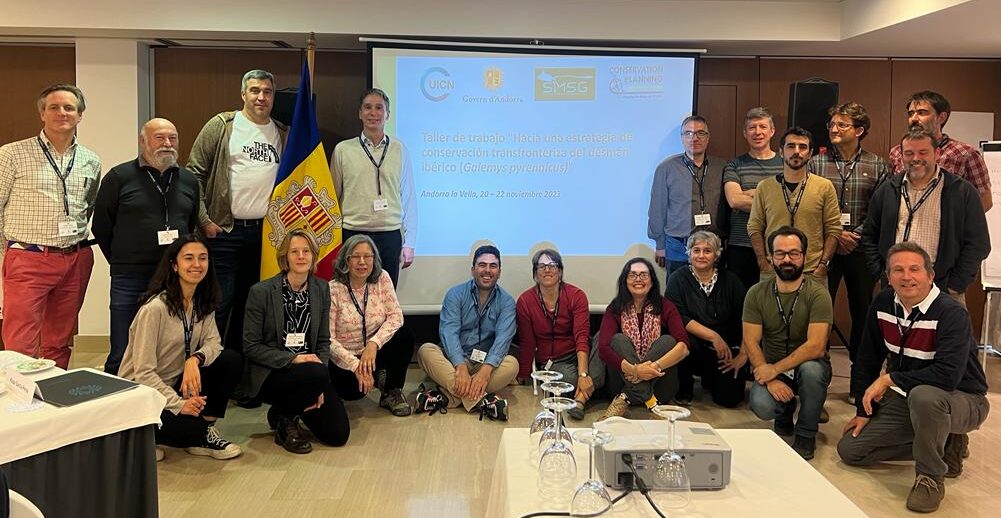
The Iberian Desman
Desmans are semi-aquatic small mammals that are members of the Talpidae mole family. The Iberian Desman (Galemys pyrenaicus) is endemic to the Iberian Peninsula, where it is restricted to Andorra, France, northern and central Spain, and northern Portugal. It is one of only two species that still exist, the other being the Russian Desman (Desmana moschata), that is found in areas of Russia, Ukraine and Kazakhstan.
The species is extremely well adapted to a semiaquatic lifestyle, where it mainly lives in fast-flowing mountain streams. The species favours watercourses where the margins offer some shelter, and it requires clean and well oxygenated water, mostly due to the requirements of its main prey, aquatic macroinvertebrates. It is therefore a good indicator species for healthy river systems.
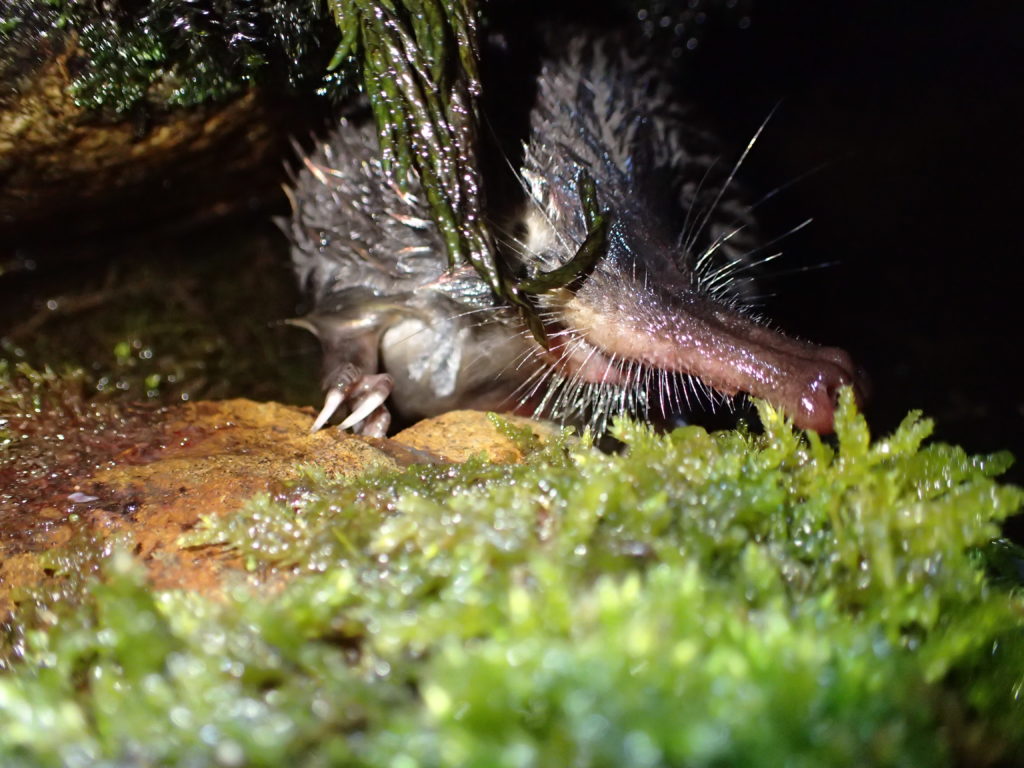
Galemys pyrenaicus, photo credit: L. Quaglietta
In recent decades, the Iberian Desman has experienced significant declines across most of its range, resulting in its current IUCN Red List status of Endangered. Unfortunately, the species is affected by a number of threats. The construction of weirs, dams and other infrastructure has isolated populations to the point of high levels of inbreeding and low levels of genetic diversity. The introduction of an invasive predator to many of Europe’s waterways, the American Mink (Neogale vison), has also proven deadly. Further pressure is added by climate change and human activities such as fishing.
The Workshop
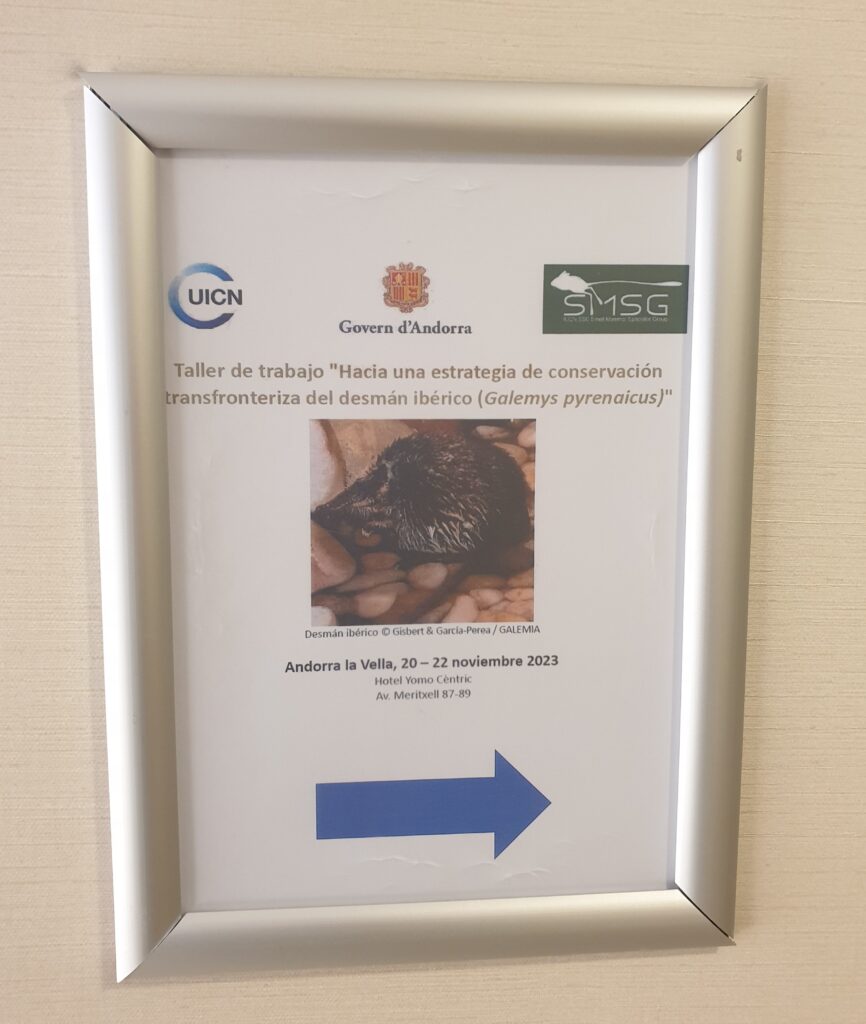
Iberian Desman workshop 2023 sign
In late November 2023, the IUCN Centre for Mediterranean Cooperation organised a workshop in Andorra La Vella, Andorra, titled “Towards a transboundary conservation strategy for the Iberian desman (Galemys pyrenaicus)“. This meeting brought together species experts from the four range countries. The workshop was made possible thanks to the generous support and hosting of the event by the Ministry of the Environment, Agriculture and Agriculture of the Government of Andorra. Facilitation of the sessions was undertaken by the IUCN SSC Conservation Planning Specialist Group.
On the final day, participants visited a local hydroelectric plant and dam on the outskirts of Andorra La Vella to find out about the ongoing desman survey work that is taking place and about various mitigations activities to reduce the impact of the infrastructure on the desman population.

Iberian Desman workshop participants 2023
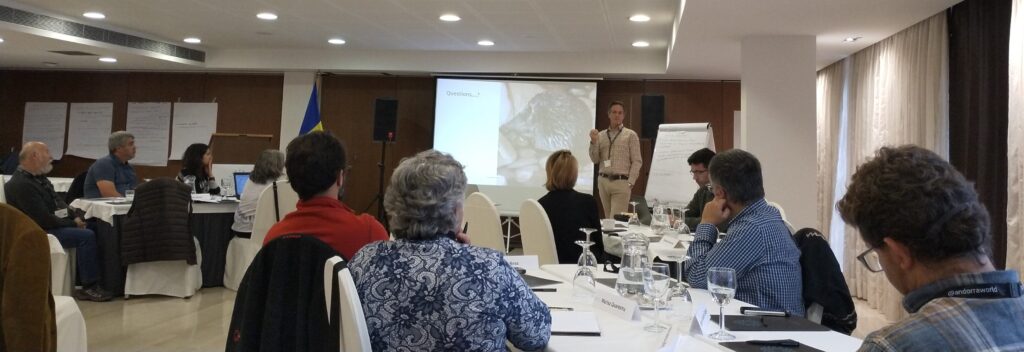
Iberian Desman workshop presentation 2023
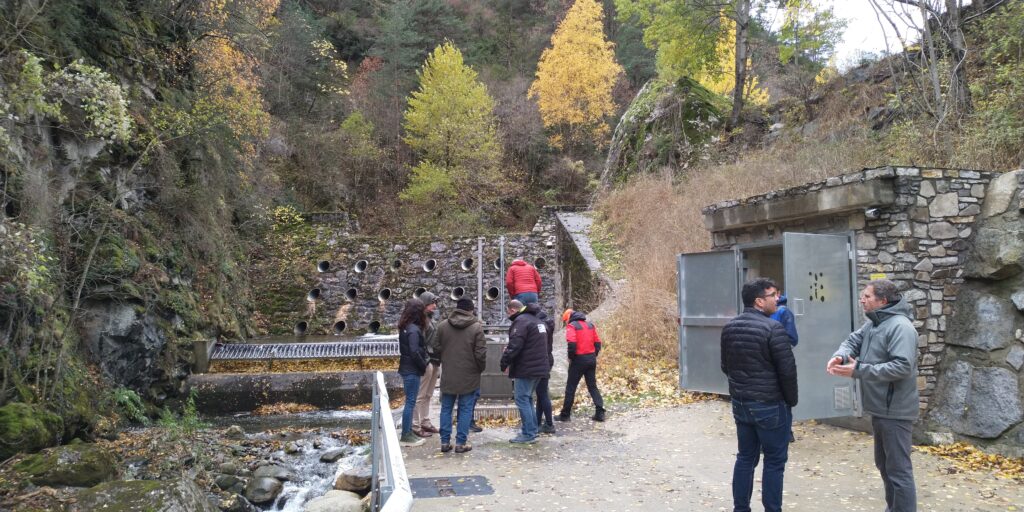
Iberian Desman workshop 2023 field trip
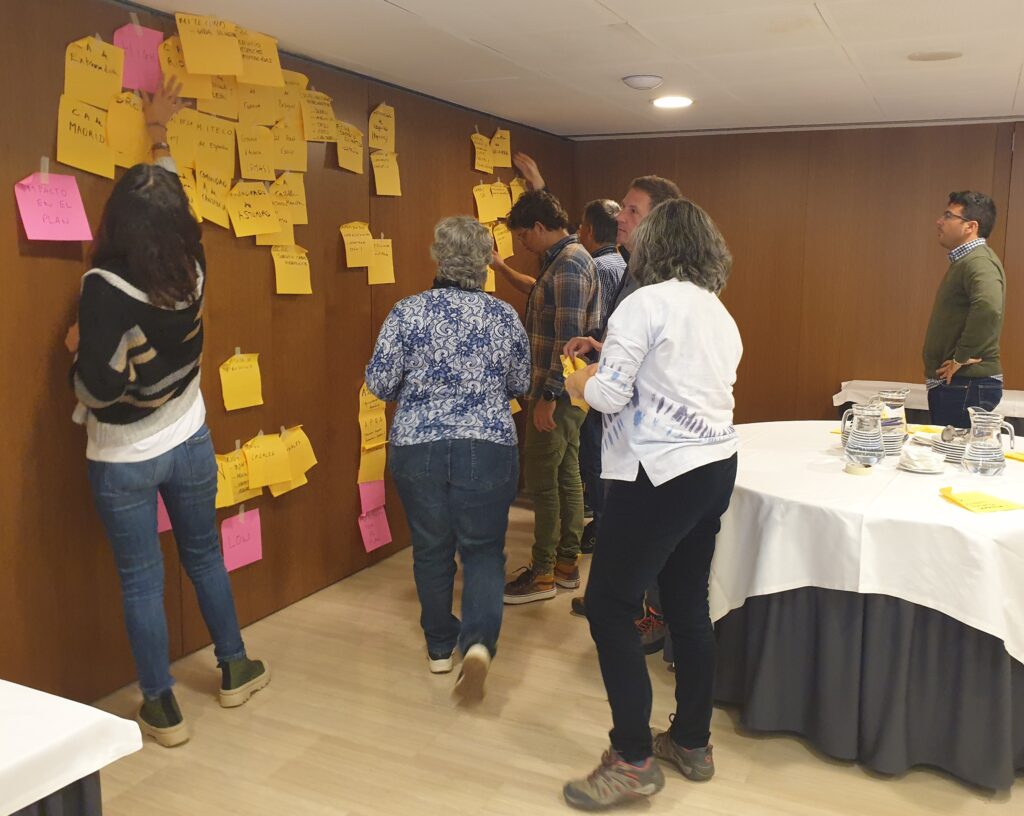
Iberian Desman workshop 2023 activity
What’s next?
The workshop was the first stage needed to do the groundwork, such as identifying relevant stakeholders for the planning process, in anticipation of a longer action planning exercise which will hopefully take place in 2024.
To find out more about our small mammal Key Species click here.
Author: Ros Kennerley (SMSG Co-Chair)

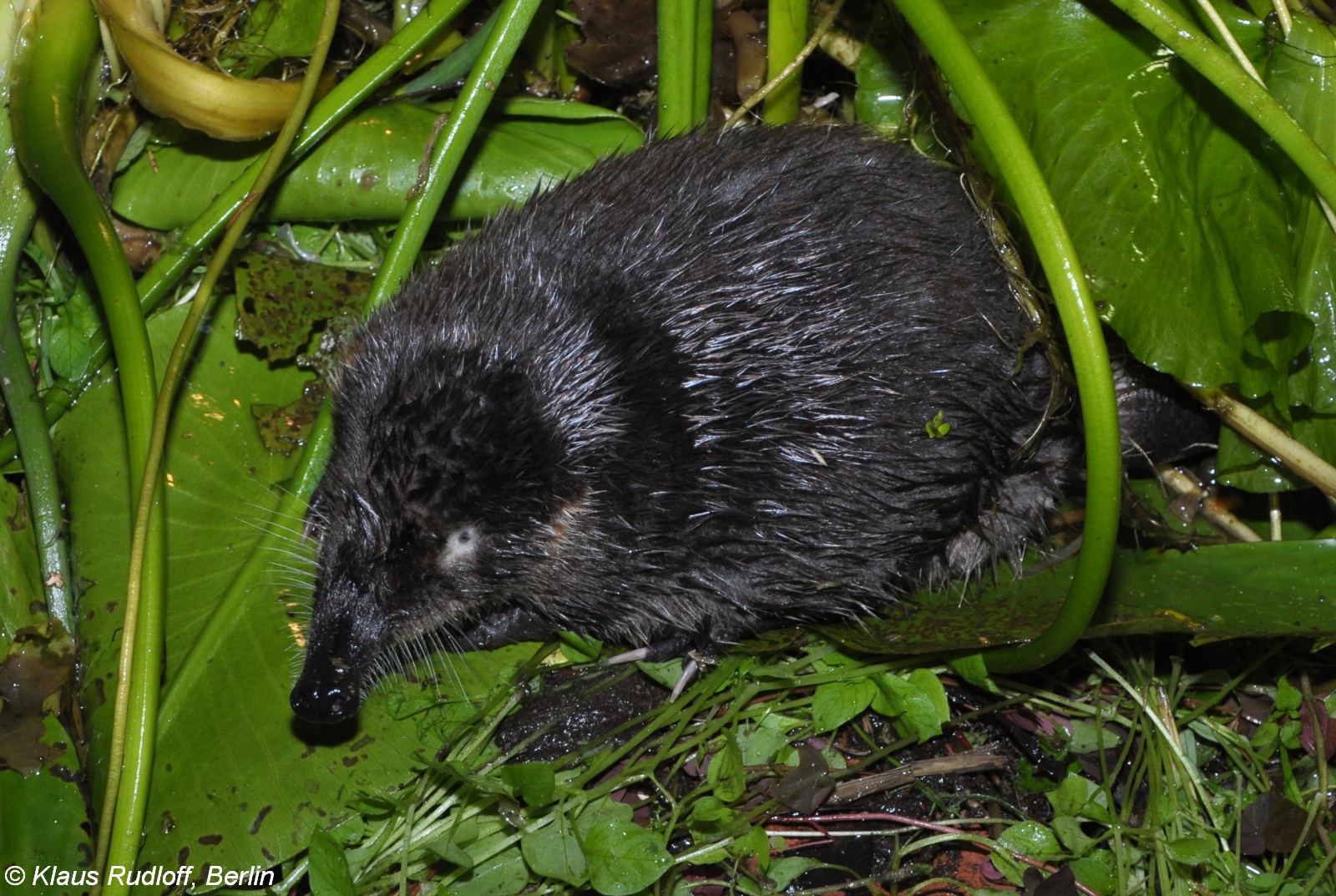
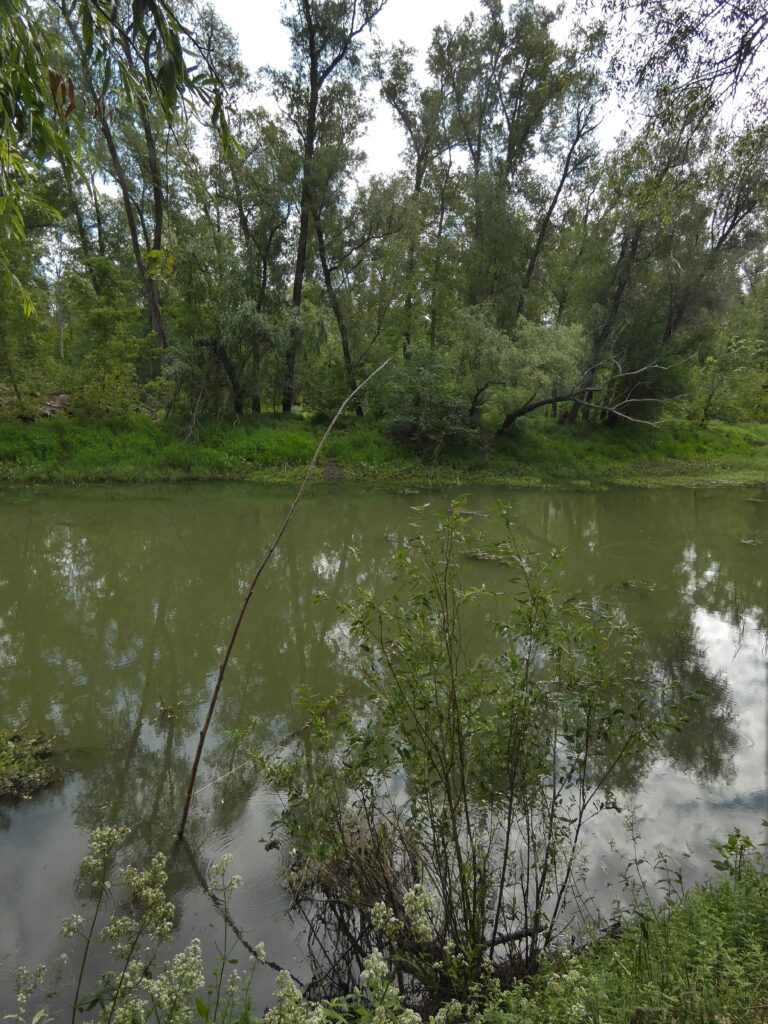
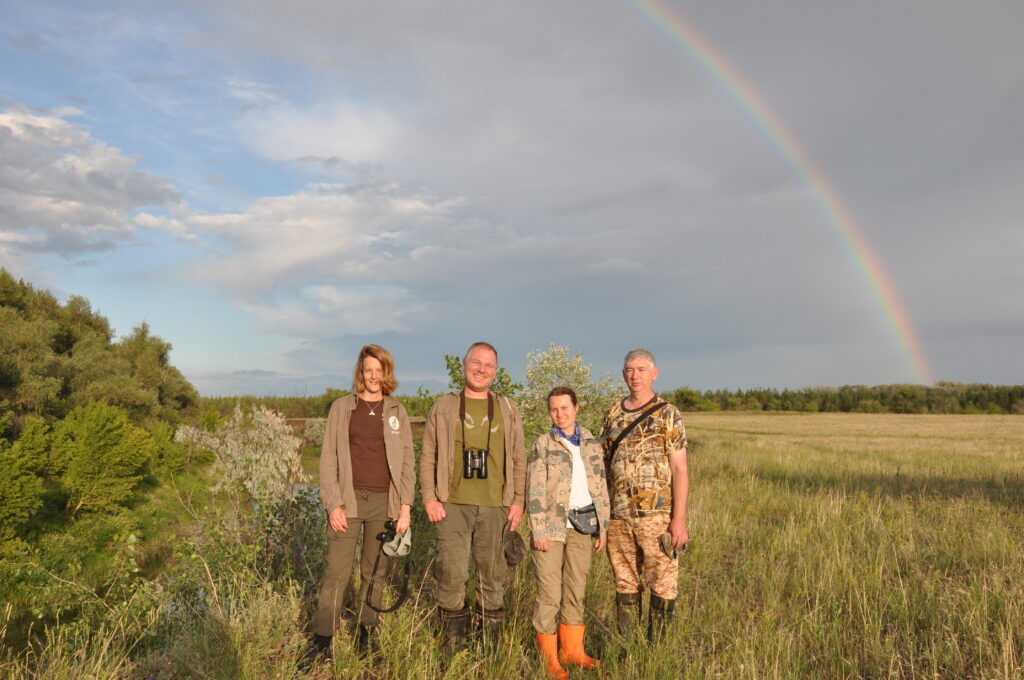
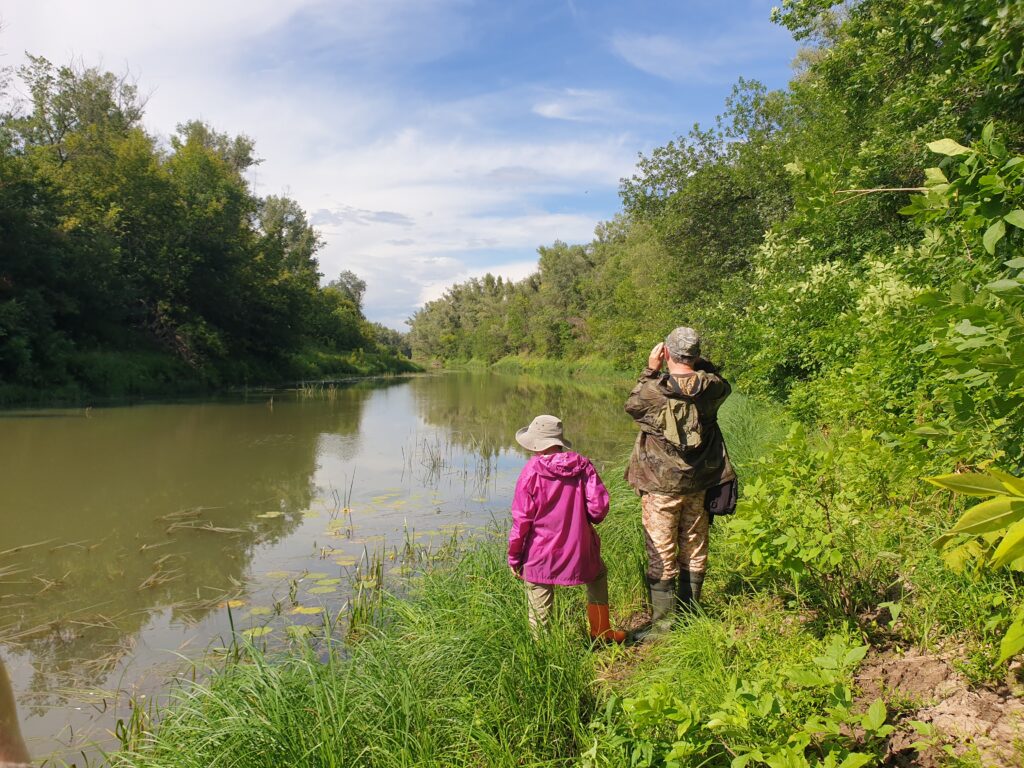
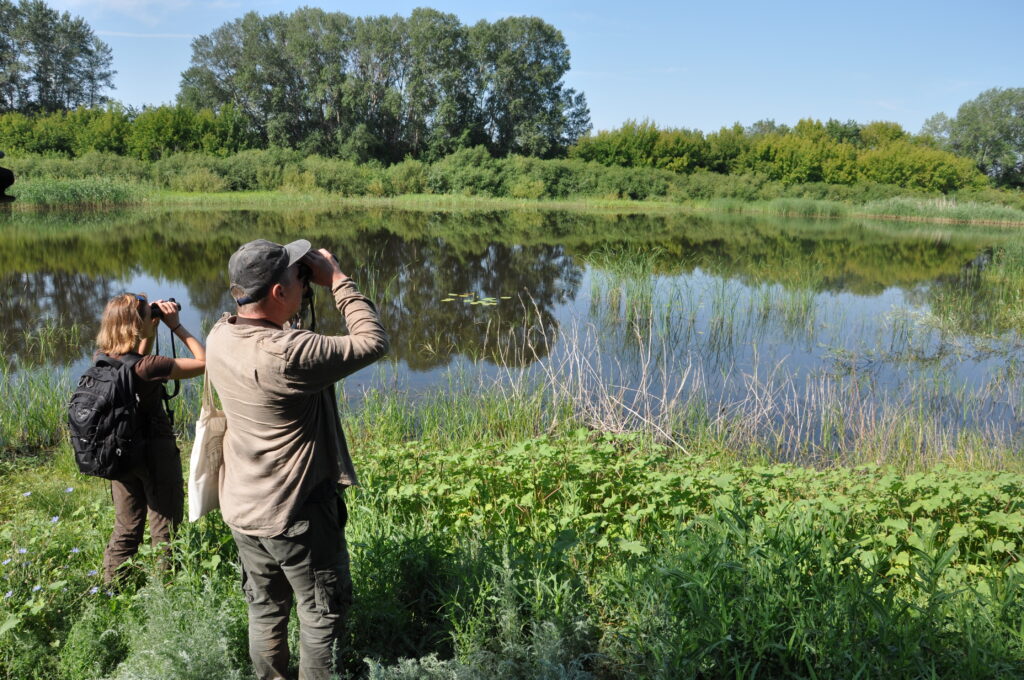
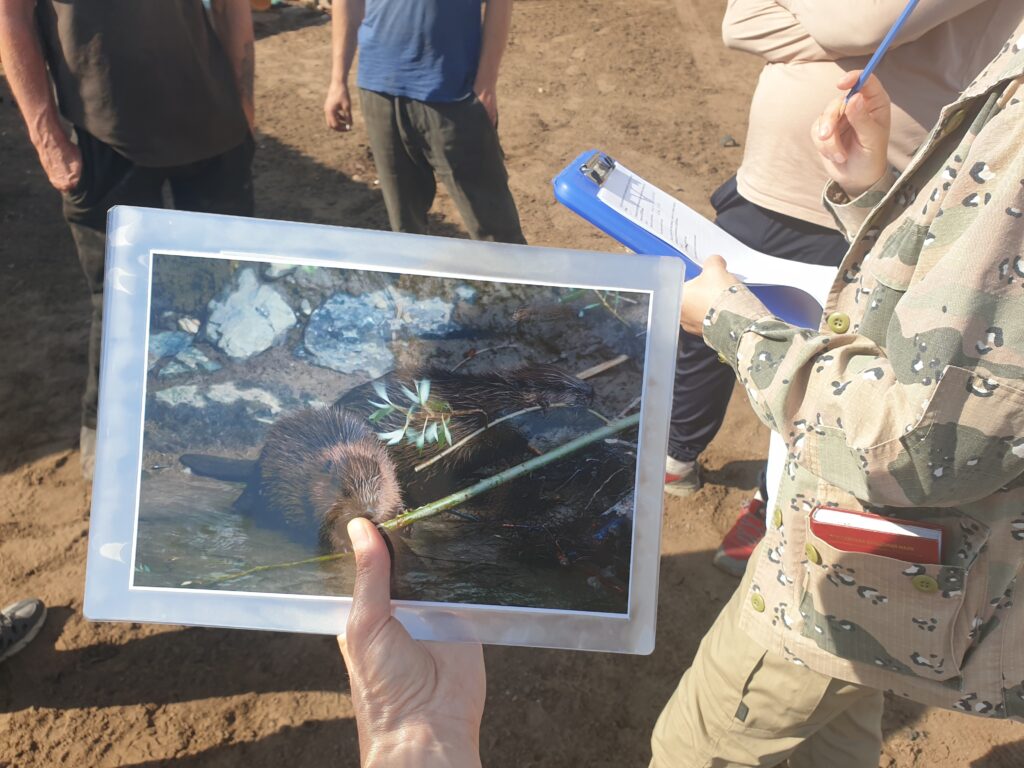





Recent Comments